February 21st, 1986 marked the birth of another legendary release when Nintendo released The Legend of Zelda. It was one of the first games that allowed the player to explore the world on an open-world map. The player had to think of the subsequent actions. The non-linear gameplay of this adventure game unites with Koji Kondo's masterful soundtrack. It consisted of five different tracks, out of which the overworld theme has become an archetypal theme for the whole series. The game in itself has influenced several succeeding RPGs and is a viral contributor to popular culture as well. It was among the first games, where one could save the game progress. Saving is possible because there is a battery inserted inside the cartridge. Ever since saving has become an omnipresent feature in the console and computer games and has evolved to the usage of cloud storage. The Legend of Zelda established the basis from which games like Metroid and Final Fantasy took their inspiration. Kondo's compositions can be heard maybe most famously in Super Mario Bros. 1-3 (1985-1988) as well as The Mysterious Murasame Castle (1986), Shin Onigashima (1987), and Super Mario World (1990). This article focuses primarily on console games and mainly in Japan and has several examples from overseas as well.
Some NES cartridges also offered sound enhancement in the form of integrated sound chips. The game Akumajou Densetsu aka Castlevania III had a chip called VRC6 inbuilt. The chip allowed the use of 3 additional sound channels, namely two improved square waves and a sawtooth wave. It results in a fuller and more musical experience. Namco's N163/N106 is a PSG (Programmable Sound Generator), that adds 4 to 8 channels of 7-bit sound, which have several wave types to select from. It is found in games like Megami Tensei II, King of Kings and Sangokushi: Chuugen no Hasha.
The Konami VRC7 adds six channels of 2-operator FM Synthesis Audio to the game. The design derived from the Yamaha YM2413 OPLL, which was the sound chip in the Japanese version of the Sega Master System. This chip is also found in the game Lagrange Point. The Sunsoft FME-7, which is similar to the Sunsoft 5a sound chip, was used in the Japanese version of Gremlins 2 and Hebereke. It added three sound channels that had an FM-like feel to them and hence sounding highly musical.

The Legend of Zelda
The year 1986 meant the announcement for yet another best-seller for Taito. An arcade two-player co-op game, Bubble Bobble (NES version 1987), geared towards couples with the most memorable soundtrack, was released. The sound chip in use was Yamaha YM3526, also known as OPL. Tadashi "Kim" Kimijima, who gets mentioned in the end titles as the sound creator, composed the central theme for the game. The second, faster music plays when the player clears a certain level and some extra items are collected, which give the characters specialized abilities. The end boss theme is also energizing the experience when the boss gets more impact hits and the music gets very intense towards the end of it, adding to the excitement of the gameplay. When the boss is defeated, the ending theme is then played in a more relaxed fashion, reflecting the accomplishment that the player got through the last level.

Bubble Bobble promotional flyer
The Famicom game Otocky from 1987 had a soundtrack that reacted to the players' actions and marked one of the first ones in this area. You can take a look at my previous article about Adaptive Game Music for details. Tracker music changed its course in the same year when the interface in the Commodore Amiga made it possible to modify the note data and the musical timbres of the instrument samples. The file format was MOD, which stands for Module File. It usually contains an array of sampled instruments, patterns that specify how that particular sample plays, and an index that tells them in which sequence to play. The Amiga chipset allowed four channels and 15 instruments to play in parallel. In contrast, the latter forms of the software have increased this to 32 tracks and 31 sounds. The MOD format has influenced derivative cultures and musical styles like chiptune, demo scene, and tracker music.
Nobuo Uematsu and other Japanese game composers
One can not talk about Japanese game music without mentioning Nobuo Uematsu, who composed the music for Nintendo's 1987 fantasy RPG release Final Fantasy. Since its first release, the series has gained popularity, and there is an active fan culture around the game. The series has extended to its 15th part (16th on its way) has reached almost mythological levels, especially among the Japanese public. The earliest games of the series had relatively simple music, like the 2-voice arpeggio at the beginning of FFI. Complex orchestral works and leitmotifs for the main characters are present in the latter parts. The sequels from II to V, and FF Mystic Quest in 1993, were released on Nintendo's 1990 console release SNES (Super Nintendo Entertainment System or Super Famicom in Japan), which widened Uematsu's possibilities regarding the arrangements and compositions. Uematsu continued to compose the scores for FF until the eleventh part in 2002, but for FF XII (2006), he only wrote the central theme.
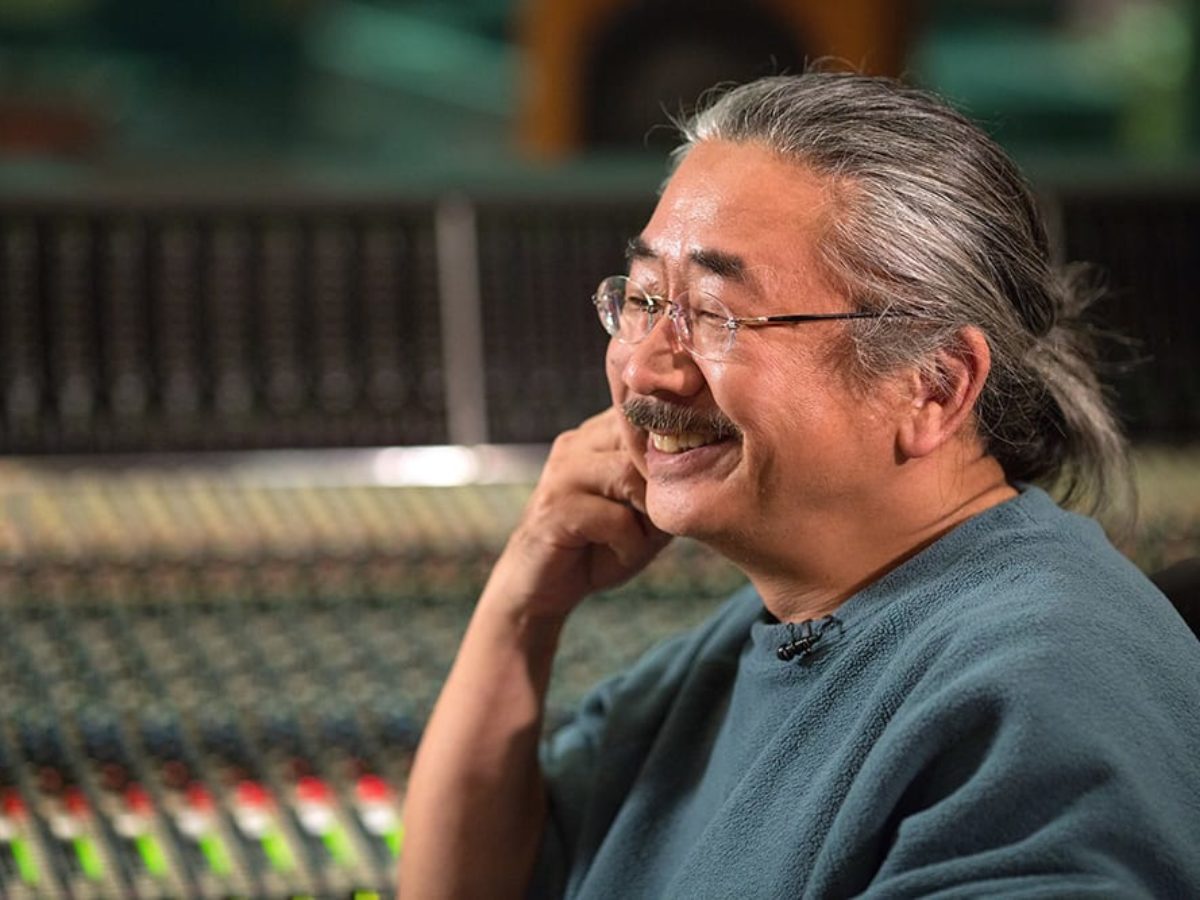
Nobuo Uematsu
Other notable Japanese game composers of the 1980s and early 1990s were Junko Ozawa, Hirokazu "Hip" Tanaka, Akio Dobashi, Masashi Kageyama, Yuzo Koshiro, Takashi Tateishi, Yoko Shimomura, Junichi Masuda, Hitoshi Sakimoto, Masato Nakamura, Miki Higashino, Kinuyo Yamashita, and Satoe Terashima.
Sound generation in different systems
When we think of the different systems and their bit depths, we also must consider how they produce a given sound. Lower bits generally can be linked with a lower resolution. The wavetable synthesis used in consoles like NES/Famicom utilized the triangle wave and square waves, a noise channel, and PCM (Pulse-code modulation) samples. The memory used already to create these waveforms did not allow alterations in the volume. Hence, the pulse or square wave was either totally up or down from 16 possible volume levels for one channel. The system also crushed the PCM-based samples to a 1-bit form, explaining why speech in NES games sounds unclear.
Even though being 8 bit, Amiga used samples for the generation of the musical soundtrack. The system was capable of playing four channels of 8-bit samples. Also, handheld consoles like Game Boy and Nintendo's VR gaming entry called Virtual Boy in 1995 used wavetable synthesis. Game Boy uses 4-bit samples and Virtual Boy 6-bit samples. Famicom Disk System added one extra channel, offering five channels of 6-bit sound. The lowest resolution found on the Game Boy results in rougher sound output, whereas the Disk System can produce a more sophisticated soundtrack.
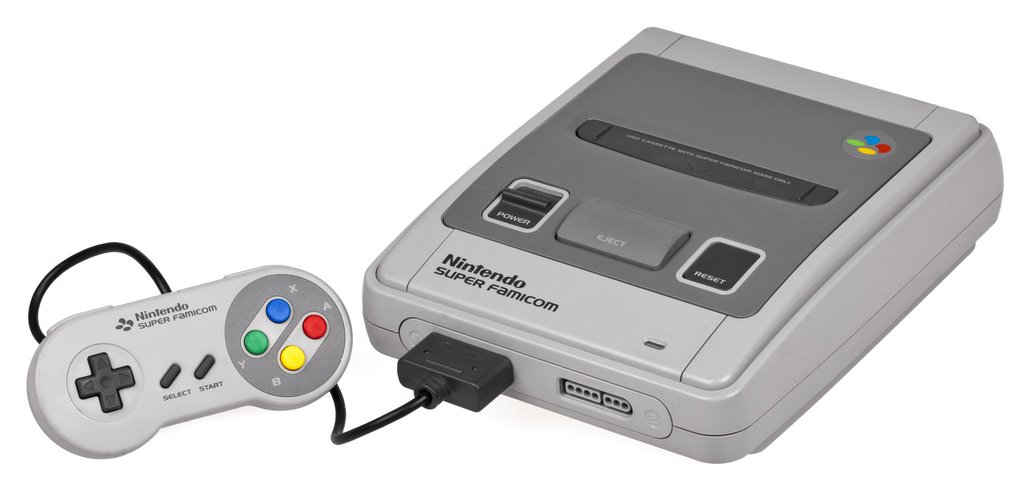
Super Famicom
The Super Nintendo Entertainment System (SNES or Super Famicom in Japan), had eight sound channels compared to its predecessor NES with 5. The sound processor was called S-SMP, and it had a 16-bit DSP (Digital Signal Processor). The eight voices used 8-bit audio samples, ADSR (Attack Decay Sustain Release) envelope control, like in synthesizers, and audio channels for effects like echo. The echo and reverb effects one has to program in the NES, but they are built-in in the SNES sound chip. The results are audible in the soundtrack of Megaman X or the Chrono Trigger title screen with the pendulum moving from side to side.
The sound chip of SNES was also capable of producing a so-called "Pitch Modulation" effect. It resembles FM synthesis with two operators. There the values of the other sound channel dynamically affect the other. It was often used only for Sound effects but could be used for music as well. This effect can be found in action, for example, in the soundtrack for the game "Waterworld" applied to guitar sounds.
The 16-bit era
Texas Instruments also made a sound chip called SN76489 to the first genuinely 16-bit console Sega Mega Drive (Sega Genesis in North America), which launched in 1988. The arrival of the 16-bit sound also meant a giant leap for the composers. The chip incorporates Yamaha's YM2612 or OPN2 sound chip. It offers FM synthesis over six channels integrated into the sound processor. The SN76489 does frequency and volume content tweaking, and it has three square wave tone generators and a noise generator onboard. It resulted in a fuller and more musical experience during the gameplay. It was better in graphics processing and sound qualities than the SNES, even though we experienced a small console war between them in the early 1990s. The console's most famous and best-selling games included Sonic the Hedgehog, Street Fighter II, Altered Beast, Mortal Kombat II, and Ms. Pac-Man.
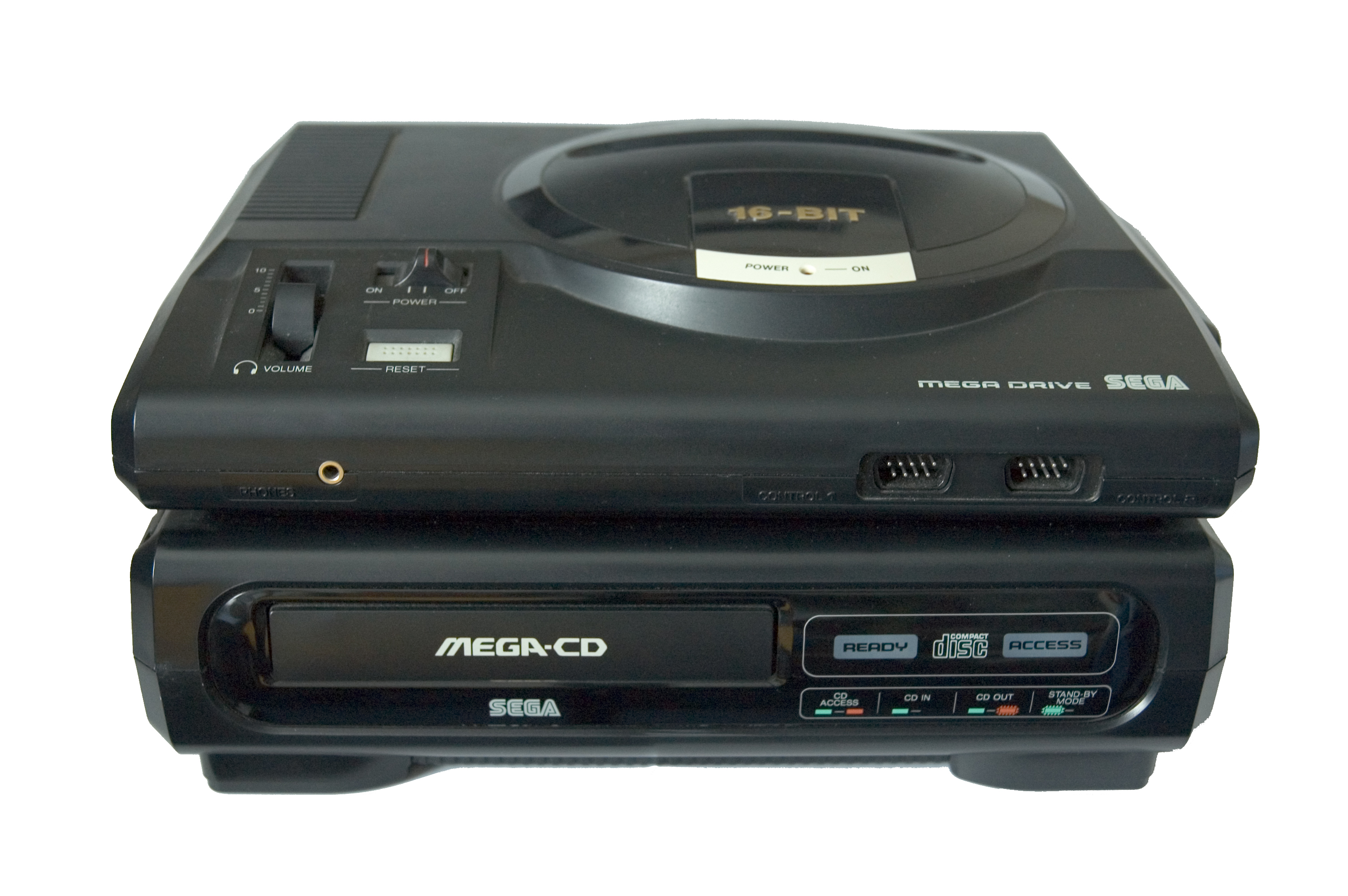
Sega Mega-CD
The Ricoh RF5C68 sound chip that delivers the sound for Sega Mega-CD can produce eight channels of stereo PCM samples up to 64 kilobytes in size. The games in a CD-ROM form could have more than 640 megabytes of data as Mega Drive cartridges could hold 8 to 16 megabits of data. It offers a more precise sound and a richer musical score as well.
From the Fifth-generation consoles to eternity
When entering the 32-bit era, the most sold consoles were PlayStation 1 (PS1) and Nintendo 64 (N64). Older generation consoles started to become more and more obsolete considering their sound and graphics processing capabilities.
The introduction of 3D graphics, full-motion video, and CD-level sound brought quality gaming experiences to living rooms. All other game consoles adopted the CD-ROM as the format for their releases, but Nintendo 64 stuck to cartridges as its predecessors had done. Nintendo also moved to the CD-ROM format in its later GameCube, Wii, and Wii U, but returned to the cartridge format with Nintendo Switch. The audio is processed in N64 by the Reality Coprocessor, which is the CPU of the unit. The DAC (Digital-to-analog converter) can deliver up to a 48 kHz sample rate. It was also one of the first consoles with four controller ports because it is the first Nintendo console that can process a four-player split-screen without a notable slowdown.
The CD is far cheaper and faster to produce than the cartridge, even though the latter has shorter loading times, and the cost of manufacturing a cartridge slot is also lower than that of building a CD-ROM drive. The cartridge is far more durable than a compact disc in terms of physical damage and allows easier access to random memory locations also during gameplay.
After these significant revolutions that happened in the earlier times, the development of the consoles has gradually built up the audio possibilities to a nearly limitless range. The channels used for music and sounds are already in Xbox 360 (2005), cranked up to over 256 with 48 kHz and 16-bit support. In the latest 9th generation consoles, the introduction of these specs is already obsolete because there are virtually no restrictions that would somehow limit the possibilities of the composers.
A composer's view on video game music: Jonne Valtonen
Jonne Valtonen is the composer behind titles like Albion Online, Street Fighter V, Cities: Skylines, Alien Incident and Mobile Suit Gundam Side Story : Missing Link. His arrangements have played in renowned concert series like PLAY! A Video Game Symphony and the Symphonic Game Music Concerts. Many tribute concerts dedicated to legendary games, companies, and composers such as The Legend of Zelda, Nintendo, Square Enix, Commodore, and Nobuo Uematsu have had his arrangements in them. He was also the composer alias Purple Motion for the Future Crew demo group. They made demos for the demoscene subculture and were active between 1988 and 1995. He has kindly arranged a time slot in his schedule for an interview after just having finished a game project. The discussion focuses on how early games have influenced him and how composing for games has evolved during his active years.
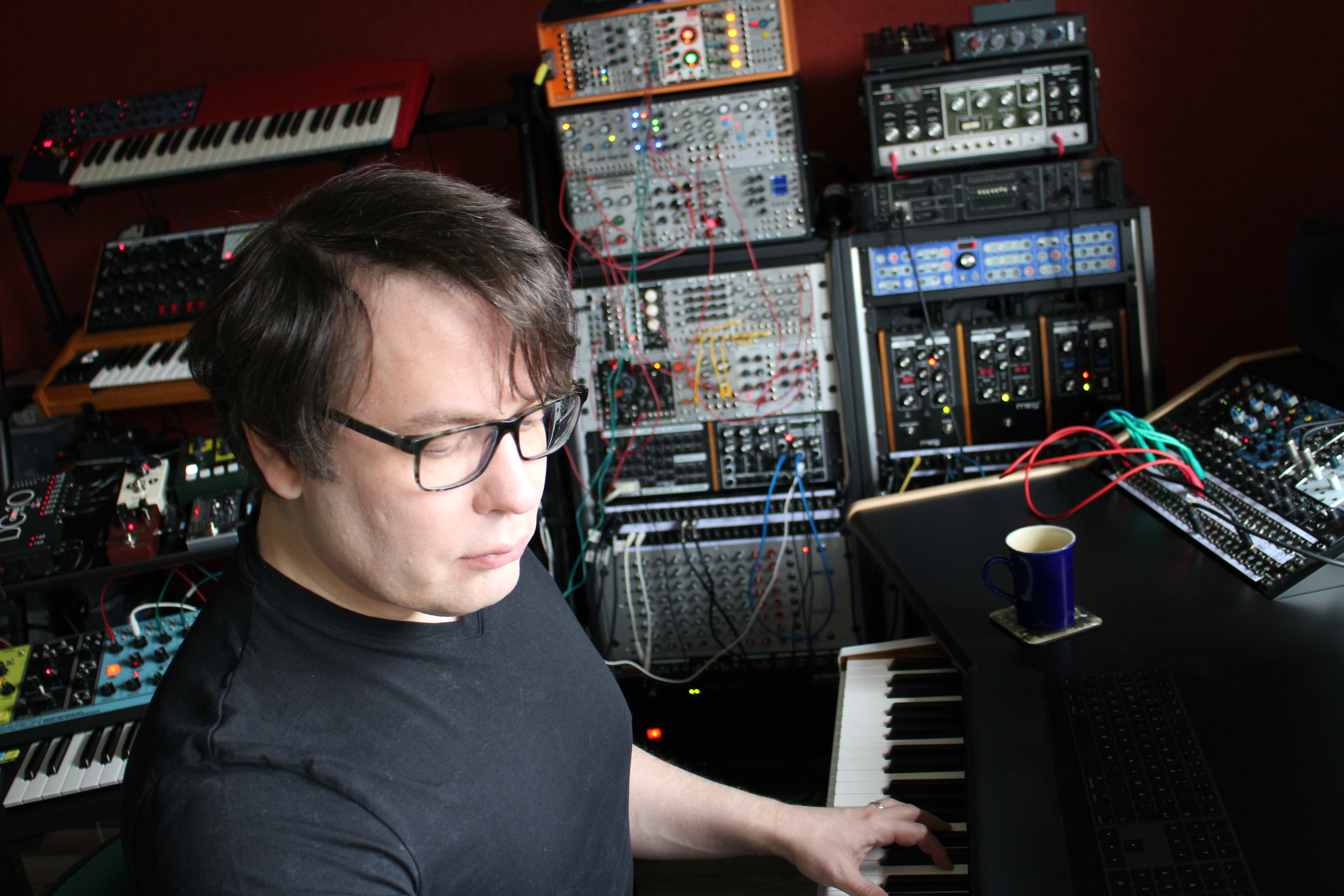
Jonne Valtonen. Copyright: Nelli Nyman
I start the interview by asking about the music in the early systems like C64, and Jonne Valtonen answers:
"I liked Commodore 64 music a lot and especially the music by Rob Hubbard. I remember that I loaded the game Zoids several times and just listened to the soundtrack without playing the game."
and continues:
"Because the sound design wasn't feasible at all with the three channels of C64 or the four channels of Game Boy Color (GBC), the atmospheric compositions concentrated merely on melodies and harmonies. Modern game music lies more between sound design and music. Sometimes it is more melodic in the case of cut scenes or more textural with in-game sounds. For this reason, the music in the 1980s and 90s games is more recognizable. They used more melodies, and they could loop on the background for months during the gameplay until they reached an irritating level, like in Bubble Bobble."
Next, I addressed a question about how game music composition has changed over the years, and he replies as follows:
"Game composition has radically changed. I wrote my first pieces of game music back in 1996 for Alien Incident and Death Rally. Earlier on, there were restrictions on the consoles and computers and their sound chips. Their analog properties like oscillators and noise gates defined quite strongly how the system sounded. One also had to know how to program. When the computers became more efficient, it was only possible to process the sound files as we know them today. Now it is possible to add any music that has been recorded in a studio or concert hall setting to the background of the game for creating ambiance. The games also mix their audio tracks, and these react to the action that is happening in the gameplay."
Pop stars as game characters and treasurers of the legacy
The use of pop stars for game productions is not such a new idea either. The 1982 game called Journey Escape already features electronically renditioned excerpts by the music of the American rock group Journey from their album Escape, so the concept was not a novelty by any means. The King of Pop, aka Michael Jackson, appears in Moonwalker from 1989, which included him as the main character. Also, the British hard rock band Motörhead got their name into an Amiga game that carried their name. The game Holy Diver was an homage to the late rock singer Ronnie James Dio, and it also featured Ozzy Osbourne, Randy Rhoads, and Zakk Wylde. Even the band Mötley Crüe got their own pinball game in 1992 for the Sega Genesis platform. Many pop stars have ever since contributed to the art of games with cameo appearances.
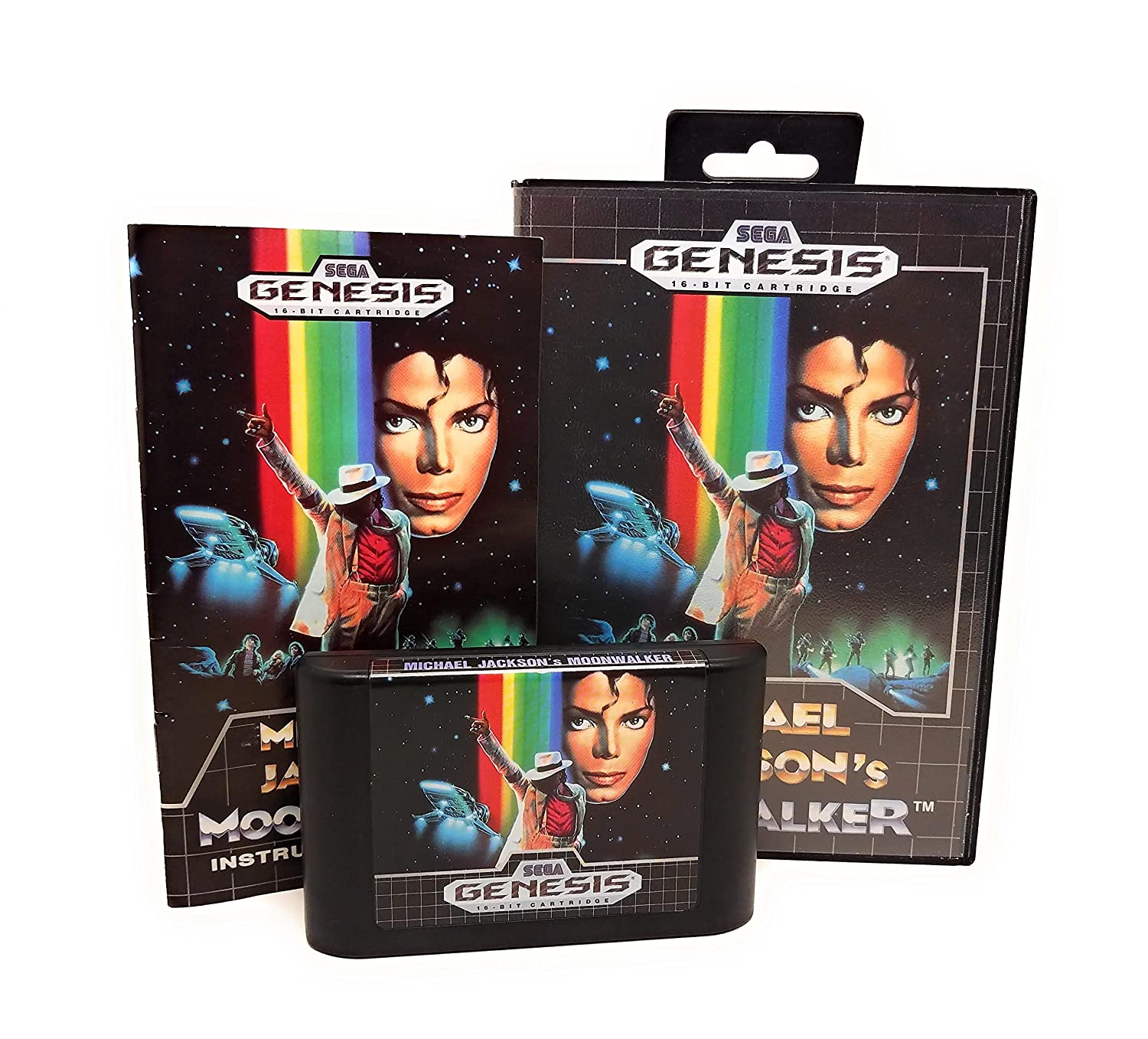
Michael Jackson's Moonwalker
When Sega started to develop their hit-game successor Sonic the Hedgehog 3 in 1994, Michael Jackson was assigned anew to the task, although Jackson was uncredited in the final product. After Sonic, he also appeared in Space Channel 5 in 1999. Later bands and artists like The Ramones, Aerosmith, Brian Eno, ZZ Top, Queen, David Bowie, and The Beatles have made their appearance in games. In the Japanese gaming culture, artists and bands like AKB48, Koichi Domoto, Hatsune Miku, Ken Hirai, DJ TAKA, kors k, and DJ Yoshitaka have appeared in the production of games. Even Jack Black, alongside Lemmy Kilmister, Ozzy Osbourne, Rob Halford, and Lita Ford, appear in the game Brütal Legend from 2009. In the upcoming years, the contribution to games by well-known artists will most likely increase.
The nostalgia lives on, though, when one hears chiptune sounds in modern popular music. Many musicians, to name a few Deadmau5, Beck, Eminem, and Japanese artists like Yuzo Koshiro, Perfume, Yasutaka Nakata, and SAWA have adapted the sounds anew as a part of their productions since the mid-2000s. The chiptune aesthetics can also be found in grime music in its way to sample sawtooth waveform sounds. Many modern games like Mega Man 9, Shovel Knight, and Etrian Odyssey have chiptune music in their soundtracks.
Summary
These early sounds from the chiptune era have lived through a modern renaissance since the mid-2000s and still are a part of the aesthetics of contemporary music styles and console games. Sound chips evolved their capabilities to process an immeasurable amount of high-quality audio channels when they used to be limited to a handful with systems like NES. The pioneers that got their hands dirty in the early days laid a foundation for the succeeding generations to come afterward to enjoy the possibilities rather than the restrictions.
For the modern-day composer, it is essential to remember and know the roots of the trade. It allows one to understand better the path that led from soldering sound chips and drawing waveforms to the possibility of using symphony orchestras in video game soundtracks. Ideas for compositions were significantly more challenging to deliver in those times when technology limited expression. Even though some of the elements of the music of that time still live on, undoubtedly, none of us want to return to that era and are utterly thankful for the modern possibilities of making music.
The present generation of video game consoles can use audio and music in the most creative forms with multiple simultaneous plugins, sound modulators, and audio spatialization to a multi-channel setting. Enhancing VR technology and the three-dimensional sound that comes with it have further expanded the possibilities that the composers of the 1980s could only dream of.
References
Castlevania III: Dracula's Curse. Retrieved May 20, 2021, from
https://en.wikipedia.org/wiki/Castlevania_III:_Dracula%27s_Curse.
Fritsch, M. (2021). The Cambridge Companion to Video Game Music (Cambridge Companions to Music).Cambridge University Press.
Home video game console. Retrieved May 20, 2021, from
https://en.wikipedia.org/wiki/Home_video_game_console.
Koji Kondo. Retrieved May 18, 2021, from
https://en.wikipedia.org/wiki/Koji_Kondo.
List of sound chips. Retrieved May 19, 2021, from
https://en.wikipedia.org/wiki/List_of_sound_chips.
Needham, J. (2017, March 8). Pixelated popstars: Japan's dance dance revolution. Dazed.
www.dazeddigital.com/music/article/35059/1/pixelated-popstars-japan-s-dance-dance-revolution.
Nesdev wiki. (2021, February 3). Retrieved May 19, 2021, from https://wiki.nesdev.com/w/index.php/Nesdev_Wiki.
Nintendo Entertainment System. Retrieved May 19, 2021, from https://en.wikipedia.org/wiki/Nintendo_Entertainment_System.
Nobuo Uematsu. Retrieved May 19, 2021, from https://en.wikipedia.org/wiki/Nobuo_Uematsu.
RedBull TV. (2014, September 4). Diggin' in the Carts [Video]. RedBull TV.
https://www.redbull.com/int-en/shows/diggin-in-the-carts.
Super Nintendo Entertainment System. Retrieved May 20, 2021, from
https://en.wikipedia.org/wiki/Super_Nintendo_Entertainment_System.
The Legend of Zelda. Retrieved May 20, 2021, from
https://en.wikipedia.org/wiki/The_Legend_of_Zelda.
Virtual Boy. Retrieved May 19, 2021, from https://en.wikipedia.org/wiki/Virtual_Boy.
Wawzenek, B. (2018, December 15). Rock Stars in Video Games: The Complete History. Ultimate Classic Rock. https://ultimateclassicrock.com/classic-rock-video-games/.
Images
Picture 1. The Legend of Zelda. Retrieved from
https://www.it8bit.com/post/3426011641/tloz.
Picture 2. Bubble Bobble promotional flyer. Retrieved from https://en.wikipedia.org/wiki/Bubble_Bobble.
Picture 3. Nobuo Uematsu. Retrieved from https://www.nintendoenthusiast.com/wp-content/uploads/2018/09/Nobuo-Uematsu-1200x900.jpg.
Picture 4. Super Famicom. Retrieved from https://en.retrogamesupply.com/collections/nintendo/products/power-supply-for-nintendo-super-famicom.
Picture 5. Sega Mega-CD. Retrieved from https://upload.wikimedia.org/wikipedia/commons/7/74/Sega-Mega-CD-with-Mega-Drive_on_top.jpg.
Picture 6. Jonne Valtonen. (2020). Photographer Nelli Nyman.
Picture 7. Michael Jackson's Moonwalker. Retrieved from https://images-na.ssl-images-amazon.com/images/I/91l4EX7NXpL._SL1500_.jpg.


